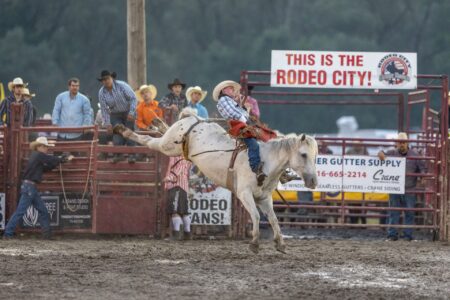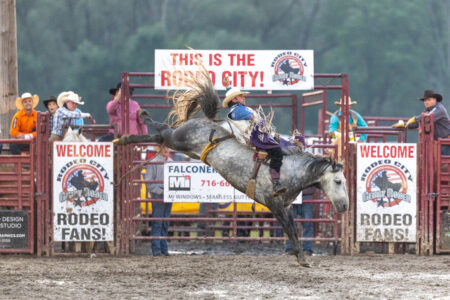A class on trout waters
A recent proposal at the July 28 Pennsylvania Fish & Boat Commission Board of Commissioners’ meeting has raised concerns regarding management of Class A Wild Trout Waters. After reading many of the comments, it is clear that many anglers are confused about the direction Class A waters are taking, and with good reason.
During my more than 25 years with the Fish & Boat Commission, Class A Wild Trout Waters were a constant topic of concern and discussion. From stocking to construction permits, Class A waters were generally given the highest level of protection – until recent years, that is. Now, the Commission seems to be giving mixed signals regarding the importance of Class A Wild Trout Waters, and that has led some anglers to question the program as a whole.
According to the PFBC website, Class A Wild Trout Waters are defined as “streams that support a population of naturally produced trout of sufficient size and abundance to support a long-term and rewarding support fishery.” Further regulations define what sufficient size and abundance mean, establishing size restrictions and pounds of fish per hectare based on whether it concerns wild brook, brown, rainbow or a combination of species.
As I stated, when I started with the Commission Class A Wild Trout Streams, it was the cream of the crop, the prime fisheries of the Commonwealth. They were protected by every means possible, ranging from increased scrutiny during permit reviews to a prohibition against stocking. The Commission’s Fisheries Management Plan for Class A Wild Trout Waters specifically notes “natural reproduction, wild population with no stocking”.
Stocking is what has caused the stir following the July 28 meeting. During that meeting, Commissioners approved a proposal that would grant the Executive Director the authority to authorize stocking of some Class A Wild Trout Waters without first obtaining permission from the Board of Commissioners. Furthermore, Commissioners approved a second proposal to study the effects of stocking on Class A Wild Trout Waters. This study would include stocking a former Stocked Water now managed under the Class A Wild Trout Waters program. These two issues are tied together by a common theme that was voted on at the same meeting, giving each increased time in the spotlight.
Let’s look at the first proposal to start, the authority of the Executive Director to approve stockings without Board approval. This change makes a lot more sense than many outsiders understand. The Executive Director is the day-to-day leader of the Commission, hired by the Commissioners to do so. The Commissioners have already established strict guidelines for when a request to stock a Class A Wild Trout Water can be approved, so it only makes sense to streamline the process and place that decision in the hands of the Executive Director.
What does not make sense is the increasing willingness to allow stocking on Class A Wild Trout Waters, which is highlighted by the proposed study. Staff already know what happens to wild trout when stocked trout are introduced; it’s been a significant component of trout management for decades. This is not about whether stockings will improve or degrade Class A streams, but about whether the Commission can get away with doing so.
Why would the Commission need to find a way to get away with stocking Class A streams? Because the once-elusive Class A designation has grown far beyond expectations and is now trespassing on highly coveted Stocked Waters, many local anglers are unwilling to lose.
At almost every Commissioner’s meeting since the time of former Executive Director John Arway, one single topic has been a constant part of every agenda — additions to the Class A Wild Trout Waters list. Sometimes it is six streams, sometimes 20 streams, and other times it is 95 streams. Hundreds of streams have been added to the list annually with little sign of slowing down.
As these newly designated streams are added to the list, they are supposed to be removed from the Stocked Water list. But that doesn’t go over well when the stream runs through your town, your campground or near a heavily populated area. This is why a workaround is needed. This is why biologists want to know if they can get away with stocking Class A Wild Trout Waters.




